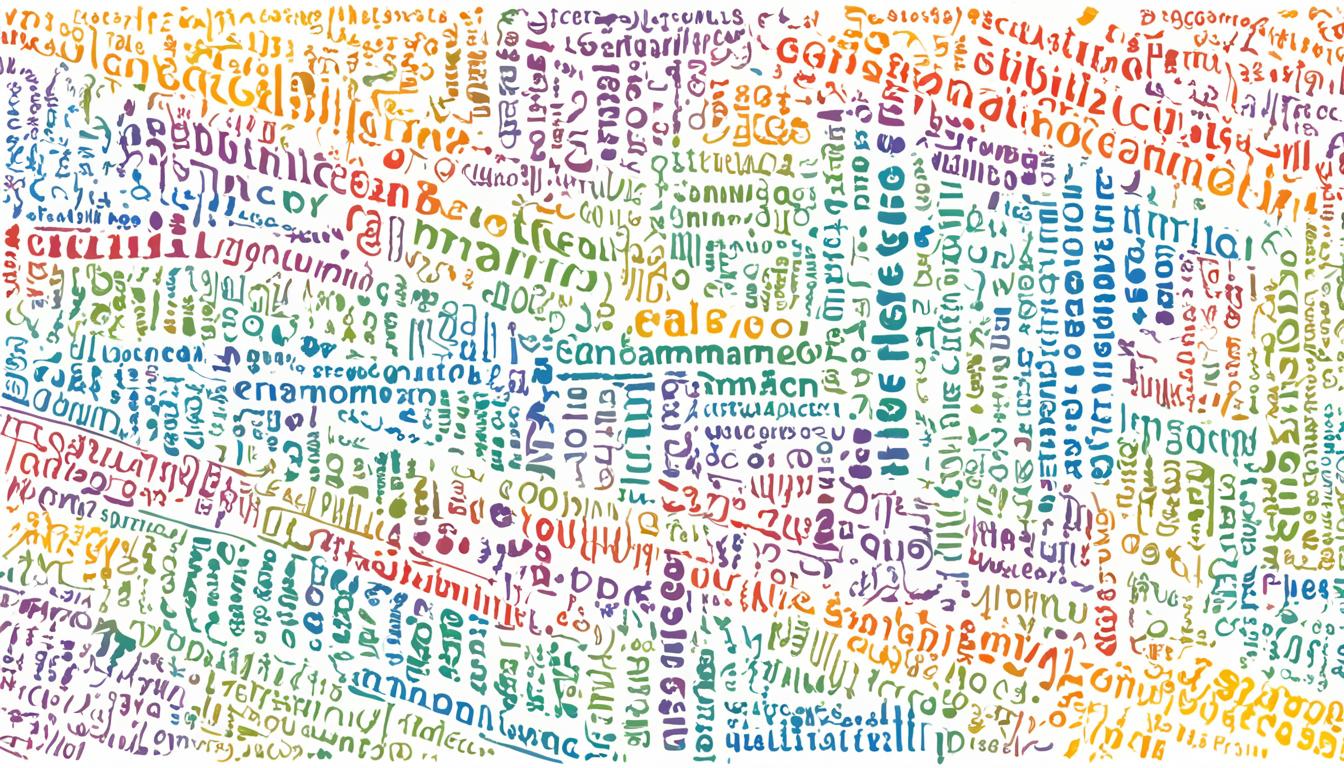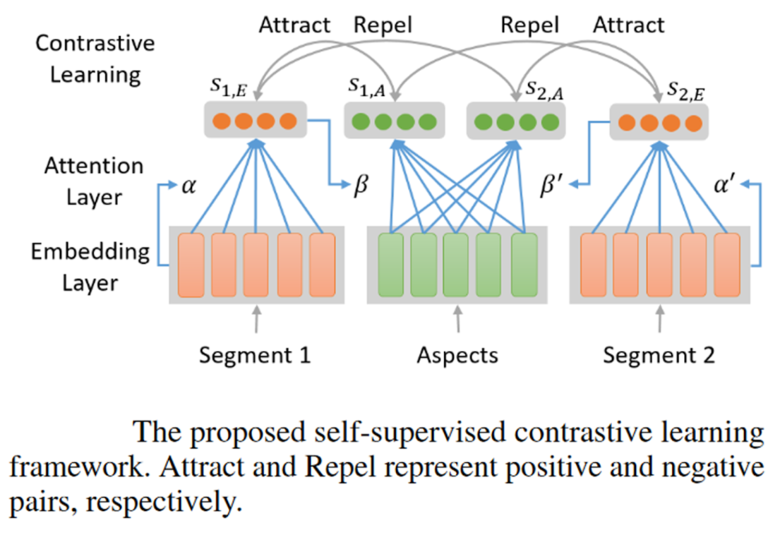Language translation is a complex task that requires capturing the semantics and syntax of the source language to generate accurate translations. Sequence-to-sequence (Seq2Seq) models have emerged as a powerful tool in mastering language translation, enabling the creation of high-quality translations for various languages.
Seq2Seq models utilize a neural network architecture consisting of an encoder and a decoder. These components, often implemented using recurrent neural networks (RNNs) or variants like long short-term memory (LSTM) networks, can handle variable-length input and output sequences. This flexibility allows Seq2Seq models to effectively translate even the most complex sentences.
By leveraging Seq2Seq models, language translation becomes more accessible and accurate, bridging the communication gap between different languages. Whether you’re a business expanding globally or an individual exploring new cultures, Seq2Seq models empower you to communicate seamlessly across language barriers.
Overview of Sequence-to-sequence Modelling
Sequence-to-sequence modelling is a neural network architecture designed to handle variable-length input and output sequences. It is widely used in various natural language processing tasks, including language translation, text summarisation, and conversational agents. The key components of sequence-to-sequence models are the encoder and decoder, which work together to process and generate sequences of data.
Neural Network Architecture: Encoder and Decoder
The sequence-to-sequence model consists of two main components: an encoder and a decoder. The encoder takes a sequence of input data and encodes it into a fixed-length vector. This vector representation carries the information of the entire input sequence. The decoder then takes this encoded vector as input and generates a sequence of output data.
Recurrent Neural Networks (RNNs) and LSTM Networks
The encoder and decoder components are commonly implemented using recurrent neural networks (RNNs) or variants such as long short-term memory (LSTM) networks. RNNs are well-suited for handling sequential data, as they maintain a hidden state that is updated at each time step. In the context of sequence-to-sequence modelling, RNNs enable the model to capture the temporal dependencies and context of the input and output sequences.
Encoder: Summarizing the Input Sequence
The encoder processes the input sequence, typically one token at a time, and updates its hidden state based on each input token. By the end of the input sequence, the hidden state of the encoder summarizes the input sequence, compressing it into a fixed-length vector. This vector representation preserves the important information of the input sequence, allowing the decoder to generate accurate and meaningful outputs.
Decoder: Generating the Output Sequence
The decoder takes the encoded vector generated by the encoder as input and uses it to initialize its hidden state. It then generates the output sequence by predicting one token at a time, considering the previous tokens it has generated. The hidden state of the decoder is updated at each time step, allowing it to capture the contextual information necessary for generating the output sequence.
| Neural Network Architecture | Encoder | Decoder |
|---|---|---|
| Sequence-to-sequence modelling | Compresses the input sequence into a fixed-length vector | Generates the output sequence based on the encoded vector |
| Recurrent Neural Networks (RNNs) | Updates hidden state at each time step to summarize the input sequence | Updates hidden state at each time step to generate the output sequence |
| LSTM Networks | Handles sequential data and captures temporal dependencies | Models contextual information for generating meaningful outputs |
Applications of Sequence-to-sequence Modelling
Sequence-to-sequence modelling, a powerful neural network architecture, finds wide-ranging applications in natural language processing. It has proved particularly effective in machine translation, text summarisation, and conversational agents.
Machine Translation
Machine translation is one of the most common applications of sequence-to-sequence modelling. By handling variable-length input and output sequences effectively, seq2seq models enable accurate translations, even with complex sentences. This capability makes them a valuable asset in bridging language barriers and facilitating global communication.
Text Summarisation
Text summarisation, another application of seq2seq models, involves distilling key information from a document into a concise summary. The encoder component of the model summarises the document, while the decoder generates a brief yet informative summary based on the encoded information. Text summarisation is particularly beneficial in handling large volumes of textual data, such as online content or research articles, allowing users to quickly grasp the main points without investing significant time.
Conversational Agents
Seq2seq models are also employed in building conversational agents, such as chatbots and virtual assistants. These agents process user input through the encoder, generate a fixed-length vector, and utilize the decoder to craft contextually relevant responses. By training on large datasets of dialogues, seq2seq models can learn features and patterns of human communication, enabling them to generate meaningful and engaging conversations. Conversational agents built using seq2seq models have proven effective across various domains, including customer service, education, and entertainment.

Machine Translation with Seq2Seq Models
Seq2seq models have emerged as powerful tools for machine translation, thanks to their ability to handle variable-length input and output sequences. Compared to traditional rule-based and statistical machine translation methods, seq2seq models excel in tackling long and complex sentences, resulting in more accurate translations.
The key advantage of Seq2Seq models lies in their ability to capture the semantics and syntax of the source language. By encoding the input sequence into a fixed-length vector using an encoder, and decoding it into the target language using a decoder, Seq2Seq models ensure comprehensive translation.
Unlike the conventional approach that required separate models for each language pair, Seq2Seq models can be trained on parallel data in multiple languages. This means that a single model can be developed to translate between any pair of languages, making them highly suitable for multilingual translation applications. This approach not only reduces complexity but also supports a more efficient and cost-effective workflow.
When translating sentences of different lengths, Seq2Seq models truly shine. Their ability to handle variable-length input and output sequences allows them to produce quality translations for a variety of texts, from simple phrases to complex paragraphs. This versatility enables seamless translation in diverse industries and content domains, catering to a global audience.
With the rise of globalization and the increasing need for cross-lingual communication, machine translation plays a crucial role in breaking down language barriers. Seq2Seq models pave the way for efficient and accurate translation while reducing the reliance on human translators. As a result, businesses can expand their reach, communicate effectively with international customers, and explore new market opportunities.
In summary, Seq2Seq models have revolutionized machine translation by providing a flexible and powerful framework for handling variable-length input/output sequences. This approach, combined with their multilingual capabilities, makes Seq2Seq models a valuable asset in the field of language translation.
| Advantages of Seq2Seq Models for Machine Translation | Challenges of Seq2Seq Models for Machine Translation |
|---|---|
|
|
Text Summarisation with Seq2Seq Models
Seq2seq models are not limited to machine translation applications. They can also be effectively used for text summarisation tasks, allowing for the automatic generation of concise and informative summaries from large volumes of textual data. In this context, the input sequence is typically a document or article, while the output sequence comprises a summary of the document.
Text summarisation with seq2seq models involves the use of an encoder and decoder framework. The encoder processes the input document, generating a fixed-length vector that captures the key information and meaning of the text. This encoded representation is then fed into the decoder, which produces the summary based on the encoded vector.
This approach becomes particularly valuable when dealing with large amounts of textual data, such as online content. Instead of manually reading and summarising each article or document, seq2seq models can automatically generate concise and accurate summaries, providing users with quick overviews of the content.
Here is an example to illustrate how text summarisation with seq2seq models works:
“The COVID-19 pandemic has had a significant impact on global healthcare systems, economies, and societies. However, recent advancements in seq2seq models have enabled the development of automated text summarisation algorithms. These algorithms process large volumes of COVID-19 research articles, extracting key information and generating informative summaries. This automated approach facilitates efficient access to essential knowledge and furthers research efforts.”
Text summarisation with seq2seq models offers numerous benefits in various domains. It can significantly reduce the time and effort required to review extensive amounts of textual data, allowing researchers, professionals, and individuals to quickly extract relevant information. Additionally, it can aid in knowledge dissemination, improving accessibility to critical content and enabling the easy sharing of summaries.
Overall, the application of seq2seq models in text summarisation opens up new avenues for efficient information processing and knowledge management.
Example of Text Summarisation with Seq2Seq Models
Let’s take a closer look at how seq2seq models can summarise a news article:
| Original Article | Summary Generated by Seq2Seq Model |
|---|---|
| “Researchers from XYZ University have developed a breakthrough solar technology that promises to revolutionize renewable energy. The new solar panels, called SunXcel, boast a remarkable efficiency rate of 30%, surpassing all previous industry standards. This innovation has the potential to significantly reduce the reliance on fossil fuels and accelerate the transition towards a sustainable future.” | “XYZ University researchers have unveiled SunXcel, a groundbreaking solar technology with an unprecedented 30% efficiency rate. SunXcel has the potential to revolutionize renewable energy, diminishing the need for fossil fuels.” |
In this example, the original article highlights the development of new solar panels with high efficiency. The seq2seq model successfully summarises the article, capturing the key points by mentioning the university, the name of the technology, and the potential impact on renewable energy.
Text summarisation with seq2seq models enables efficient information extraction, aiding in decision-making, research, and content curation. It represents a valuable tool for individuals and organizations seeking to navigate through large volumes of textual data.
Conversational Agents with Seq2Seq Models
Seq2seq models have proven to be highly valuable in building conversational agents, such as chatbots and virtual assistants. These applications leverage the power of neural networks to facilitate interactive and contextually relevant conversations. When a user interacts with a conversational agent, their message serves as the input sequence, and the agent generates an appropriate response as the output sequence.
The key components of a conversational agent built using seq2seq models are the encoder and decoder. The encoder processes the user’s message and generates a fixed-length vector that captures the essential information. This vector is then passed to the decoder, which uses it as input to generate a response. By training the seq2seq model on large datasets of dialogues, the agent learns patterns and features of human communication, allowing it to generate meaningful and contextually relevant responses.
Conversational agents built using seq2seq models have been deployed in various applications. One prominent example is in customer service, where chatbots assist users in solving their queries and provide support. These agents can analyze customer requests and respond with accurate and helpful information.
In the field of education, virtual assistants powered by seq2seq models are used to provide personalized learning experiences. These assistants can answer students’ questions, provide guidance, and facilitate interactive learning through natural language conversations.
Entertainment is another domain where conversational agents find application. Virtual characters or AI companions that engage in conversations with users can enhance the entertainment experience by providing dynamic and immersive interactions.
By effectively leveraging seq2seq models, conversational agents can simulate human-like conversations and provide valuable assistance, guidance, and entertainment to users in various domains.
| Applications | Benefits |
|---|---|
| Customer Service | 24/7 support, accurate responses, and improved user experience |
| Education | Personalized learning, immediate feedback, and interactive assistance |
| Entertainment | Immersive experiences, dynamic interactions, and engaging storytelling |
Conclusion
Sequence-to-sequence modelling, implemented through the use of encoder-decoder frameworks and recurrent neural networks, has revolutionized various natural language processing tasks, including language translation, text summarisation, and conversational agents. These models have demonstrated their ability to handle variable-length input and output sequences, making them effective in capturing the nuances of different languages and generating accurate translations.
In addition to machine translation, seq2seq models have found utility in applications such as text summarisation, where they can generate concise and informative summaries of large volumes of textual data. They have also proved valuable in the development of conversational agents, enabling interactive and contextually relevant responses in chatbots and virtual assistants.
While seq2seq models have shown promise, further research and improvements are still necessary to address challenges, such as vanishing gradients and the need for high-quality training data. Nonetheless, the use of seq2seq models continues to shape the landscape of language translation and NLP, contributing to effective communication and understanding in diverse domains and industries.
FAQ
What is sequence-to-sequence modelling?
Sequence-to-sequence modelling is a type of neural network architecture used in natural language processing tasks such as machine translation, text summarisation, and conversational agents. It consists of an encoder and a decoder, which are typically implemented using recurrent neural networks (RNNs) or variants of RNNs such as long short-term memory (LSTM) networks.
How does sequence-to-sequence modelling work?
Sequence-to-sequence modelling consists of two main components: an encoder and a decoder. The encoder takes a sequence of input data and encodes it into a fixed-length vector, while the decoder takes the encoded vector and generates a sequence of output data. These components are commonly implemented using recurrent neural networks (RNNs) or variants such as LSTMs.
What are the applications of sequence-to-sequence modelling?
Sequence-to-sequence modelling has a wide range of applications in natural language processing, including machine translation, text summarisation, and conversational agents.
How are seq2seq models effective in machine translation?
Seq2seq models are able to handle variable-length input and output sequences, making them effective in machine translation tasks. They can capture the semantics and syntax of the source language and generate accurate translations even for complex sentences.
How can seq2seq models be used for text summarisation?
Seq2seq models can be used for text summarisation tasks, where the encoder summarises a document and the decoder generates a brief summary based on the encoded information. This is particularly valuable for handling large volumes of textual data, such as online content.
How can seq2seq models be used to build conversational agents?
Seq2seq models can be used to build conversational agents, such as chatbots and virtual assistants. These models can generate responses based on user input by processing the input sequence with the encoder and using the decoder to generate the appropriate response. This enables interactive and contextually relevant conversations.



















